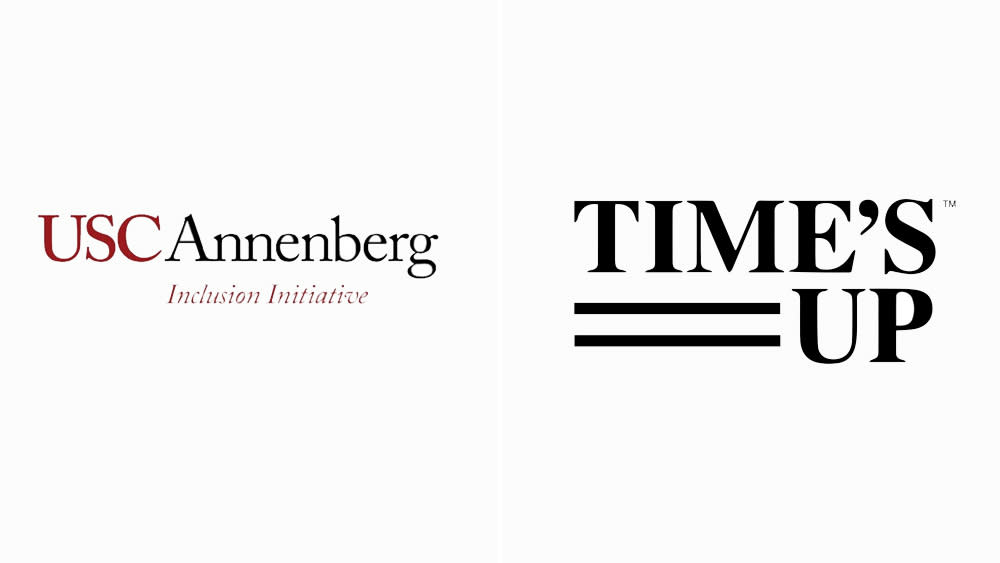USC Annenberg And Time’s Up Study Shows Common Pattern Of Lack Of Women And People Of Color At Film Festivals

Click here to read the full article.
This year, the Sundance Film Festival is showing a strong slate of diverse filmmakers and stories such as Justin Simien’s Bad Hair, Dee Rees’ The Last Thing He Wanted, HBO’s Welcome to Chechnya, Sam Feder’s doc Disclosure: Trans Lives on Screen, Bao Nguyen’s Be Water, John James’ Siempre, Luis, Janicza Bravo’s Zola among many others. Even so, this does not make up for the fact that the film festival space has been wildly non-diverse in the past. In a new study titled “Inclusion at Film Festivals” from USC Annenberg and Time Up, it was found that there was a common pattern of a lack of women and people of color in film festivals around the world — and this is a big deal because these festivals point of entry to the industry for emerging filmmakers.
The study, which will be officially released at a Latinx House panel at the Sundance Film Festival today, examines the gender, race, and ethnicity of narrative film directors, film festival programmers, and executives from 2017-2019. Founder of the USC Annenberg Inclusion Initiative, Dr. Stacy L. Smith, actress and director Eva Longoria, director Angela Robinson and the Sundance Institute’s Dilcia Barrera will be hand for a panel to discuss the new study.
More from Deadline
“Despite the progress that is underway, the fact is that the voices and talent of women and people of color remain marginalized,” said Dr.Smith. “The data in this report makes it clear that the next generation of women of color filmmakers are not being launched into the industry at the same rate as their white male peers.”
Commissioned by the Time’s Up Foundation, the study analyzed the demographic makeup of film directors and festival programmers and executives across the top five global film festivals and the top 10 North American film festivals. Globally, the study found that only 25% of directors in competition sections across the last three years were women.
There is even more of a disparity for women of color. Only eight percent of film directors in competition at the top five film festivals were women of color – compared to 47% white men and 17% white women.
The study found a similar pattern in North America, where 71% of directors were men compared to 29% who were women. Likewise, 17% were white women and 12% were women of color – compared to white men, who made up 45% of film directors at North American festivals.
“Film festivals play a critical role in shaping our culture, which is why representation and access is so critical,” said Tina Tchen, president and CEO of Time’s Up Foundation. “While some festivals are taking the lead in featuring the voices of women and women of color, this study drives home the need to expand opportunities for women festival programmers — and, in so doing, women directors — of all backgrounds. We can do better.”
The study also analyzed the demographics of festival programmers, who determine the slate of movies released at film festivals. Demonstrating the impact of representation on whose stories get told and what voices are amplified, the study found that when festivals had more women of color working as programmers, they were more likely to showcase underrepresented female directors.
This finding reveals why increasing the number of women of color in decision-making roles is crucial to expanding opportunities for female directors from all backgrounds. “As we have seen in our other collaborative work with Time’s Up, inclusion amongst those who evaluate content is essential,” said Dr. Smith. “When film festivals are inclusive of women of color as programmers, there is a clear impact on the directors who get to participate. Festivals must ensure that their teams represent the audiences they hope to serve.”
Read the full report here.
Best of Deadline
Peacock Programming: List Of NBCUniversal Streaming Service’s Series, Films, Sports, News & More
Stan Lee's Legacy: Ranking The Hollywood Heroes Co-Created By The Marvel Comics Icon
Disney-Fox Deal: How It Ranks Among Biggest All-Time Media Mergers
Sign up for Deadline's Newsletter. For the latest news, follow us on Facebook, Twitter, and Instagram.


